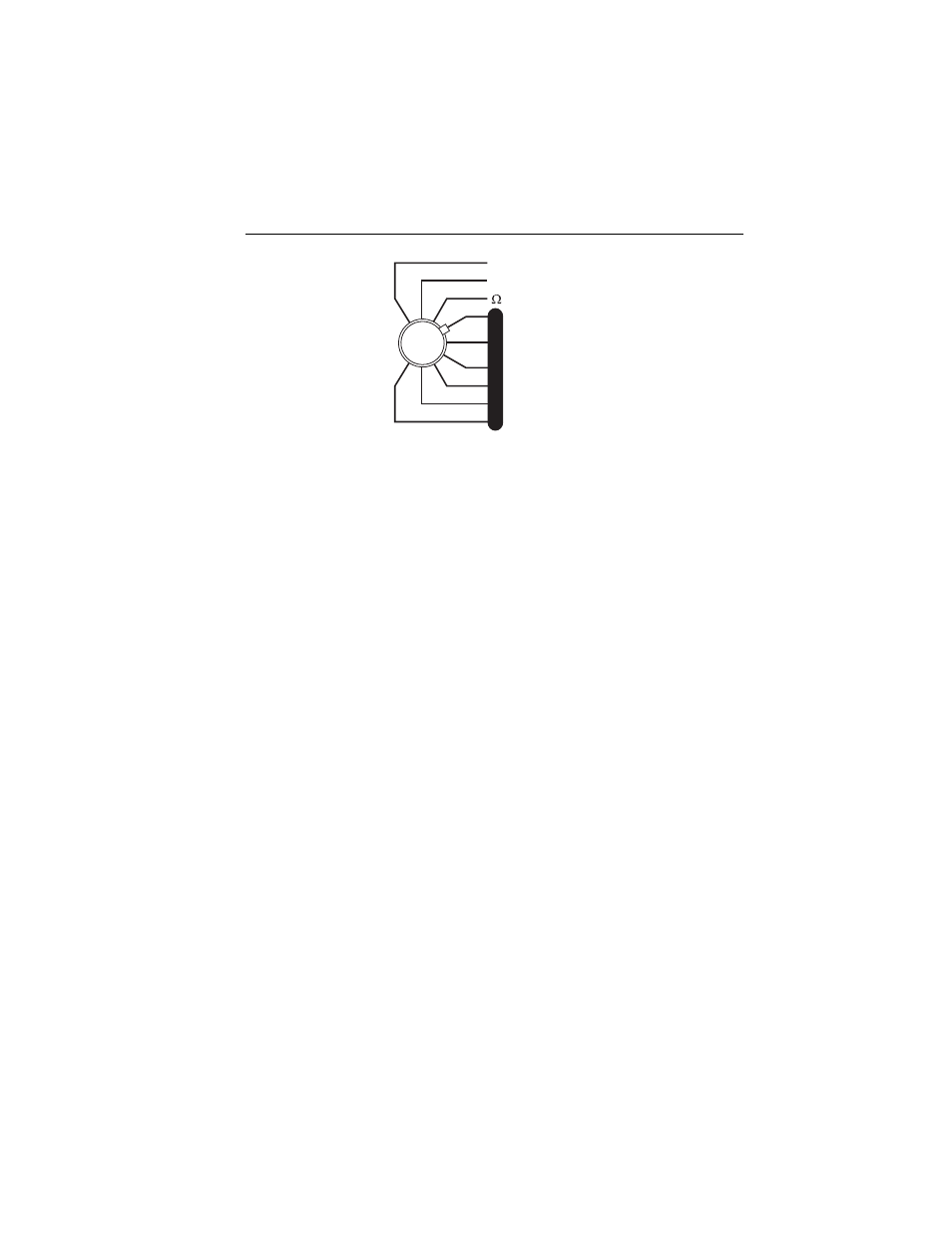Chassis (enclosure) leakage current – Fluke Biomedical ESA180 User Manual
Page 31

Operation, Maintenance, and Service
Measuring
Leakage
Current
2
2-9
V
V
A
A
µA
µA
L
E
A
K
A
G
E
- CURRENT
- CURRENT
- RESISTANCE
- RESISTANCE
- GROUND
- GROUND
- CHASSIS
- CHASSIS
- LEAD -GND
- LEAD -GND
- LEAD -LEAD
- LEAD -LEAD
- LEAD ISO
- LEAD ISO
- DUAL
- DUAL
- LINE VOLTS
- LINE VOLTS
- CURRENT
- CURRENT
- RESISTANCE
- RESISTANCE
- GROUND
- GROUND
- CHASSIS
- CHASSIS
- LEAD -GND
- LEAD -GND
- LEAD -LEAD
- LEAD -LEAD
- LEAD ISO
- LEAD ISO
- DUAL
- DUAL
fat06.eps
2. Make measurements under all combinations of the
OUTLET
switch,
NORMAL
and
REVERSE
; the
NEUTRAL
switch
CLOSED
and
OPEN;
and with the device power turned
ON
and
OFF
. Power to the
outlet is
OFF
when the
NEUTRAL
switch is in the
OPEN
position.
Note
Be sure to pause in the OFF (middle) position when switching the
OUTLET switch from the NORMAL to the REVERSE position.
Chassis (Enclosure) Leakage Current
Chassis [Enclosure] Leakage Current [I
C
] flows between the accessible
conductive chassis or enclosure and earth (ground) measured through a
1,000
Ω
impedance.
The Analyzer measures chassis leakage from the exposed metal part on the
DUT, through the black cable and the AAMI load, back to the ground.
Use the following steps to measure chassis leakage current:
1. Connect the standard cable (supplied with unit) that has a black cable with
the clamp that has black insulation to the
CHASSIS
connector on the
front of the Analyzer.
2. Clamp the clip on the cable in turn to accessible conductive sections of the
chassis and the enclosure. Metal labels or incidental conductive hardware
are not applicable for this test.
If a non-conducting enclosure is used, present standards require
connection to the enclosure via a 200 cm² conductive foil in intimate
contact with the enclosure. This can be accomplished with a 14 X 14 cm
